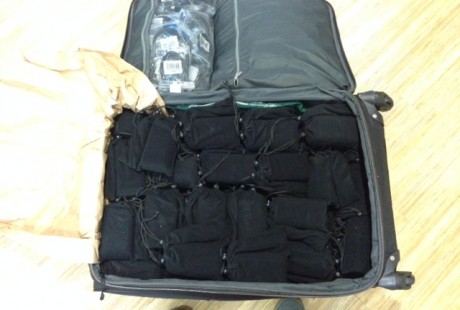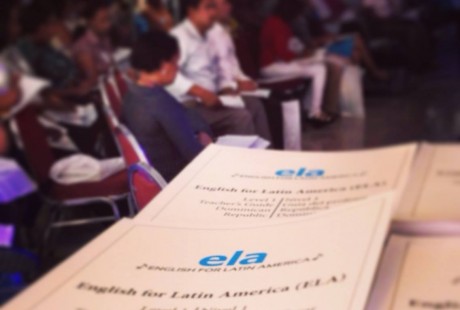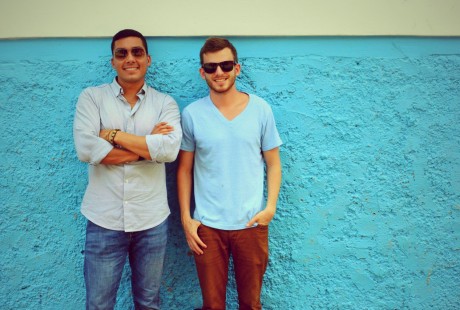Alma-Ata: Father of Apples
Everything I knew about Kazakhstan was a lie. No sane person would think a movie as stupid as Borat would be an accurate representation of a country, but sometimes the joke is just easier than the truth. The need to know often escapes us Americans when it comes to the culture and affairs of other countries, and learning doesn’t favor the content adult. Necessity began to sweep across me as I stared at my flight itinerary to Almaty.
I decided to read the book “Apples are from Kazakhstan: The Land that Disappeared” to combat this ignorance. My imagination readjusted as I tasted truth for the first time, looking through the page at a country rich in natural resources and plagued by a history of soviet oppression. I learned that apples, tulips, and possibly even the story of King Arthur all originate from Kazakhstan; that hunters raise eagles from birth into giant, flying hunting partners; and that a sheep’s head is something I actually might see on a menu. It felt good knowing more than a fake national anthem, and despite my desire, I had avoided watching that damn movie. I’d soon be farther than I’ve ever been from home, nestled between Russia and China in a place that, despite my newfound knowledge, still wore a mask of mystery. I finished packing a few hours before I had to leave for the airport, made one last Moscow Mule, and turned the TV on to kill a little time.
Can you hear that? That’s the sound of coincidence reaching out of the screen and slapping me across the face. In a twist of fate, Borat comes riding into my living room uninvited, behind the wheel of an ice-cream truck, throwing his fictional mockery in my face. Alright, the movie is actually pretty hilarious. But still, I mean, come on! I was so close. “Very nice” echoes in my head until the hum of the plane engine puts me to sleep.
D.C. -> Frankfurt -> Almaty
I walk into Kazakhstan’s U.S. Consulate twenty hours later, greeted by two burly Russian men who carry themselves with a timid authority. I couldn’t help but feel like a 007 agent every time I finessed my way through their gaze. Every morning I would go through this security check, and each day the guards would get a little more comfortable with my presence. By the end of the week we would be laughing at one another as we attempted to learn new words. Someone from the Central Asia Health and Education Office (HEO) pokes their head through the door and calls us in.
Working in the U.S. Consulate without a security clearance is a bit like being in a white-collar prison. It’s comfortable-ish, but I can’t go anywhere in the building without being escorted, including the bathroom. I spent a majority of my time conducting focus groups and one-on-one interviews in a small conference room buzzing with fluorescent lights. I’m not sure if it was the high altitude or the idea of traveling to the other side of the world to sit in a tiny room with no windows, but every other day I would get dizzy and ask for permission to get some water. Poor Inna. A woman who speaks as if words are a dandelion being passed around on a windy beach, whose internal strength radiates from her delicate frame, now played an integral role in my bodies reaction to eating large amounts of foreign food at odd times. “Aren’t we supposed to be sleeping right now?” says my stomach. “We’re in this together, whether you like it or not,” responds Inna. A gracious walk to the bathroom, followed by an apologetic walk back to the conference room. My first Kazak apple was baked, stuffed with dried fruit, and shared with a colleague inside this room.
So why am I here? I’m a blended learning instructional designer, which means I create professional and organizational development opportunities that blend learning methodologies and delivery methods. My job is to understand what people need to know and how they prefer to learn, so I can create solutions that fit within the context of their environment. That might mean creating an e-learning course, webinar, job aid, podcast, video, face-to-face training, virtual learning website, or any combination of the instructional options that exist. The end goal is to help people internalize new information, turn that information into knowledge (or skills), and then use that knowledge to become better at their job.
I spent my days collecting as much information as possible about the HEO team’s learning preferences, work environment, and professional goals. At night I sat in the beer garden of the Intercontinental hotel watching a cuban band cover Elvis songs, sipping whatever was on tap, and developing learning tools. I made a few friends along the way, who were nice enough to show me around their beautiful city as soon as the work was done. I had four days to explore.
I spent the entire week wandering around the city, distracted by the beautiful, snow-capped mountains that sat just beyond my reach. There is something special about the Tien-Shan mountains. The highest point in the country, Khan-Tengri Peak (which translates to “Lord of the Spirits”), can be found here. A marble temple sits at the top, where I assume an old man with a scraggly beard can tell you the secrets of life. As the birthplace of apples, the foothills of these mountains could be the original location of the Garden of Eden (if one believed in said story). Either way, I was looking at a painting. There were no blades of grass swaying, no wind whistling, and no crisp air running through my nostrils. I didn’t come all the way here to sit inside a conference room and look at a painting, but going into these mountains was against the law. No foreigner is supposed to get within 20 kilometers of the Chinese boarder, and the cable car ride that takes you into these mountains would put me in the red zone. This is where you should stop reading, mom.
I had to do it. After all, the worst thing that could happen is I get arrested and have to pay a fine. Getting there would be another adventure. See, every car in Almaty is a taxi. If you walk to the edge of a street and hold your hand out, a random car will stop and offer you a ride for a price you have to negotiate (in Russian). They call them gypsy cabs. So, I jumped into a strangers car and headed twenty minutes out of the city towards my unknown fate. When we arrived at the base of the mountain, I looked up at the cable cars and began to question myself. Those things were really high up, and well, I’m in Kazakhstan. Is this safe? I swallowed that fear and pushed forward. At the entrance stood two police officers, dressed in green uniforms and oversized, red hats. I kept my head down, waited in line for a cable car, and jumped in. The ride was breathtaking. We traveled for 30 minutes into the mountains, going over an Olympic-sized skating rink and flush green hills. I went back and forth between astonished and frightened, as our car swayed in the wind and got closer to it’s destination. As I feared, another two officers stood just a few feet from where we jumped out of the cable car. Their heads turned as I walked past them, fanning the flame of my anxiety. They had no quarrel with me being there, and why should they? It’s a tourist attraction and I’m a tourist. Or maybe I’m Russian, I live here, and I’m doing nothing wrong. Better not speak English just in case. We walked around the side of the mountain, had some juice, took pictures with strangers, and headed back into the city before night came.
I forced my way through the still life and gave the world to my senses. I grew, built, laughed, partied, got scared, made friends, ate horse meat, and returned home with a story to share with the people I love. “That’s it,” says the imaginary, scraggly bearded man perched on Khan-Tengri Peak. “That’s the secret.”






